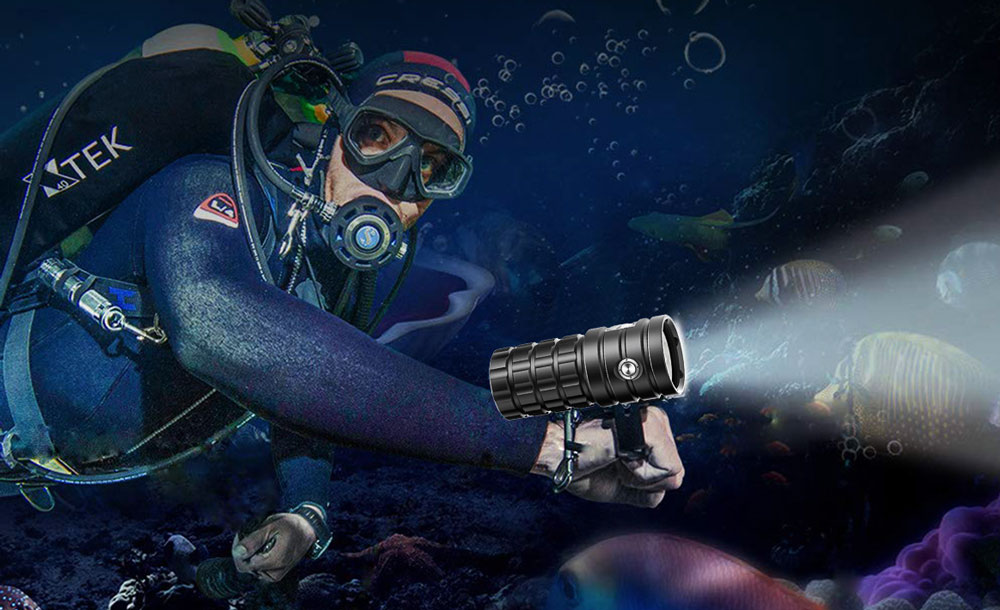
Illuminating Insights: Deciphering the Best Underwater Light Color to Attract Fish
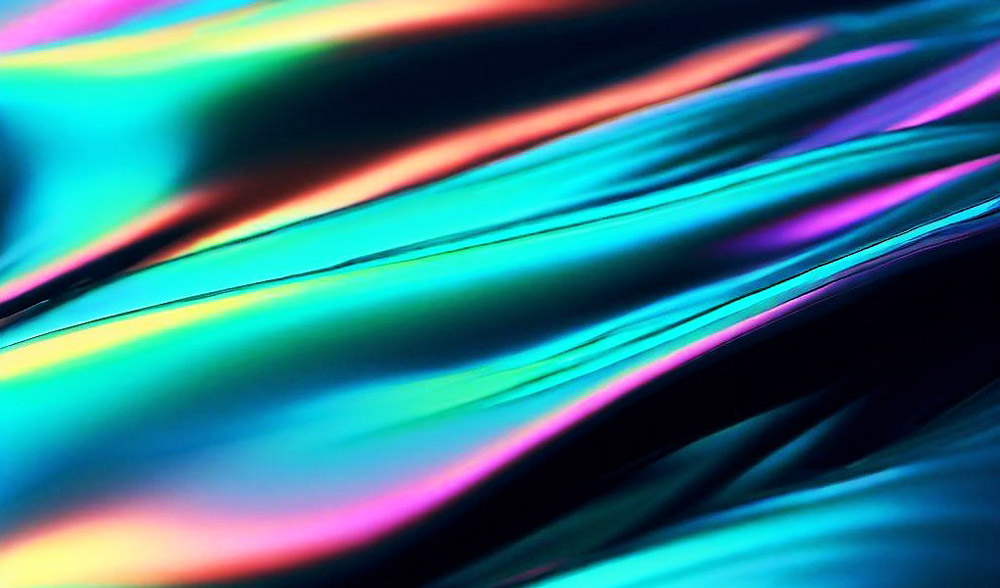
The Art and Heart of Fishing
Fishing, an age-old practice rooted in necessity, has evolved into a popular pastime and sport that captivates millions across the globe. The allure of fishing is multifaceted – it’s not merely a quest for a good catch but also a pursuit for tranquility, the thrill of the chase, and the joy of skill mastery. The patience to wait for the right moment, the intuition to understand the water’s whispers, and the technique to make a perfect cast, all interweave to create the rich tapestry of the fishing experience.
The Lure of Underwater Lights in Fishing
In this dance of man and nature, technology has carved out a niche to enhance the chances of a successful outing. One such innovation that has seen widespread adoption among angling enthusiasts is the use of underwater lights. These specialized lights, when submerged, create an illuminated area that can attract fish in droves, improving the effectiveness of both commercial and recreational fishing efforts. But why do these lights attract fish, and how does it work? The science behind it lies in the fascinating interplay of light, water, and marine life behavior, which will be explored further in this article.
Shining Light on Your Fishing Goals
This brings us to the main thrust of this piece – to unravel the answer to an intriguing question: What is the best color of underwater light to attract fish? It might seem surprising, but the color of light can significantly affect the success of your fishing expedition. As we delve into the scientific underpinnings, field studies, and expert opinions, we will strive to help you understand and leverage the power of colored underwater lights to make your fishing adventures even more fruitful. So, let’s embark on this illuminating journey and uncover the secrets that lie beneath the surface.
The Science Behind Fish Attraction to Light
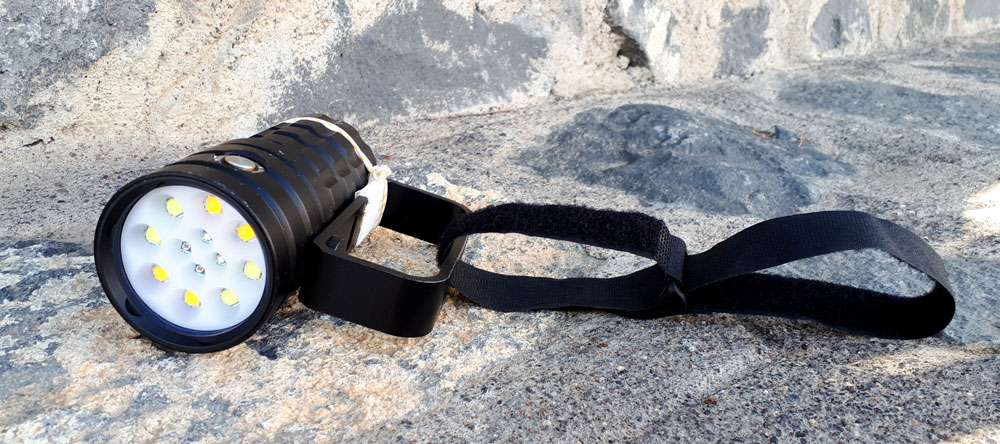
How Underwater Lights Hook in Fish
To comprehend the effectiveness of underwater lights, it’s crucial to grasp the fundamental biological and ecological principles that make this technique work – the food chain being paramount. The food chain in aquatic ecosystems starts with phytoplankton, tiny plants that use sunlight to photosynthesize. Phytoplankton serves as the primary food source for zooplankton, which are small, often microscopic animals. These zooplankton, in turn, form the diet of small baitfish. Larger predator fish prey on these baitfish, and thus the food chain continues. Underwater lights mimic the illumination provided by the sun or moon, thereby attracting phytoplankton, which leads to a domino effect attracting zooplankton, baitfish, and eventually, larger fish.
The Colorful Appeal of Light to Fish
The color of the light used underwater plays a crucial role in this attraction process. Light color, essentially, is a manifestation of light’s wavelength, with each color corresponding to a specific range of wavelengths. Fish, like many other animals, have color vision and can be attracted or repelled by different colors. Hence, the color of the underwater light can influence which species of fish are attracted to the area.
Phototaxis: The Light Dance of Marine Life
This brings us to an interesting biological phenomenon known as phototaxis, the movement of an organism toward or away from light. Many marine organisms, including fish and zooplankton, display positive phototaxis, meaning they are attracted to light. On the other hand, some exhibit negative phototaxis and move away from light. The color and intensity of light can influence this phototactic behavior, thereby affecting the effectiveness of underwater fishing lights.
Wavelengths and Water: How Light Travels Under the Sea
However, the color of light is not the only factor at play here. The wavelength of light and its ability to penetrate water is equally important. Different colors of light, corresponding to different wavelengths, penetrate water to different depths. For instance, colors like red, orange, and yellow are absorbed more readily and do not penetrate deep into the water. On the contrary, blue and green light, having shorter wavelengths, can penetrate deeper. Therefore, the choice of light color should also consider the depth and clarity of the fishing waters.
The Spectrum of Light Underwater
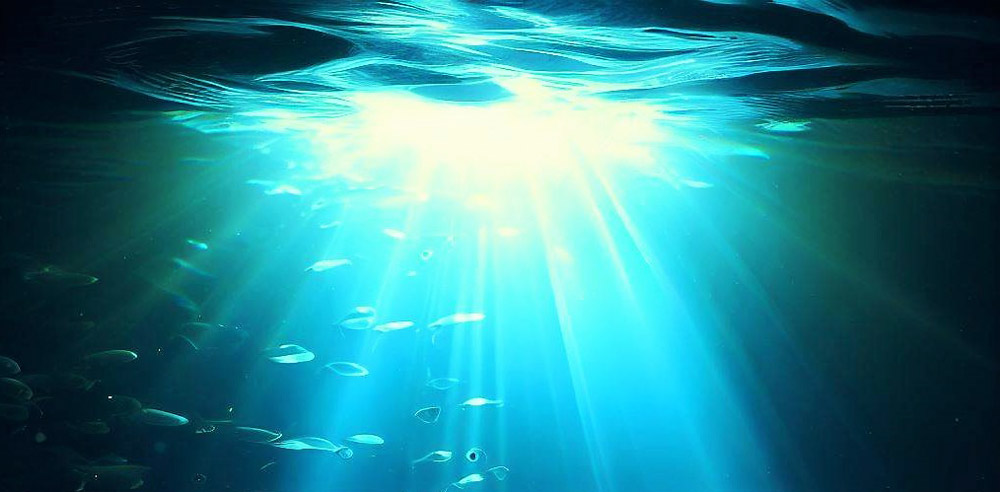
Light behaves differently underwater than it does in the air due to the properties of water. When light encounters water, two key phenomena occur – absorption and scattering. Absorption refers to the process by which light energy is absorbed by water molecules and converted into heat, thereby reducing the intensity of light. Scattering, on the other hand, refers to the redirection of light in many directions as it collides with water molecules and particles in the water.
How Light Colors Dive into Water Depths
Different colors of light, or rather, different wavelengths of light, are absorbed and scattered at different rates. Long-wavelength colors like red, orange, and yellow are absorbed more readily, meaning they do not penetrate very deep into the water. This is why these colors tend to disappear first as you descend beneath the surface. On the contrary, shorter wavelength colors like blue and green are absorbed less and can penetrate deeper into the water. This ability to reach greater depths makes blue and green light more visible in deeper waters and explains why the ocean often appears blue or green to us.
Seeing Colors in the Deep
However, the visibility of different colors at varying depths isn’t the only consideration when choosing the color of an underwater fishing light. Different species of fish perceive colors differently. While human eyes have three types of color receptors, most fish have only two. This means that while humans can see a broad spectrum of colors, fish typically see only a limited range, often within the blue-green spectrum. Some species of fish, however, have adaptations that allow them to see colors such as red and orange at depths where these colors would usually be absorbed.
Fish Eye View: How Fish Perceive Colors
For instance, some deep-sea fish have unique photoreceptor cells that allow them to detect far-red light in the depths of the ocean, where such wavelengths are usually absent. Similarly, freshwater species living in tannin-stained or muddy waters may be adapted to perceive more of the red-orange light that penetrates such environments.
Therefore, understanding the way light behaves underwater, the visibility of different colors at different depths, and the color perception of various species of fish is critical in choosing the most effective underwater light color for fishing.
The Role of Different Colored Lights in Fish Attraction

Rainbow Underwater: Performance of Different Light Colors
Different colored lights have distinct behaviors and effects underwater, which can influence their ability to attract fish.
- Red Light: Due to its long wavelength, red light is quickly absorbed by water and does not penetrate far. This makes it less visible, especially at greater depths. However, it can be effective in shallow water or for certain species of fish that are attracted to or can perceive red light.
- Green Light: Green light, with its shorter wavelength, can penetrate deeper into the water, making it highly visible to a wide range of fish species. This color often proves most effective in attracting fish, especially in clear water.
- Blue Light: Like green light, blue light can also penetrate to significant depths. It can be particularly effective in saltwater environments as it mimics the natural lighting conditions of the ocean, attracting saltwater species effectively.
- White Light: White light, which is a combination of all colors, can be highly visible and attractive to fish, especially in murky or turbid water where the contrast can make it stand out. However, its effectiveness can be diminished in clear water or at greater depths, where the specific wavelengths are absorbed differentially, changing the perceived color of the light.
Which Colors Make Fish Tick?
Different species of fish are attracted to different light colors based on their unique visual capabilities and natural habitats. For example, squid and certain species of saltwater game fish might be more attracted to blue or green light, which matches their deep-water environment. Conversely, certain freshwater species or those living in stained or muddy waters might respond better to white or even red light.
Color Performance at Different Depths: A Deep Dive
The effects of different light colors also vary at different depths due to the differential absorption and scattering of light wavelengths. As mentioned earlier, red light, for instance, is absorbed quickly and thus does not reach deeper waters. Therefore, it might be more effective in shallow-water fishing. Green and blue lights, however, remain visible at greater depths, making them suitable for deep-water fishing.
Green Light: The Universal Fish Magnet?
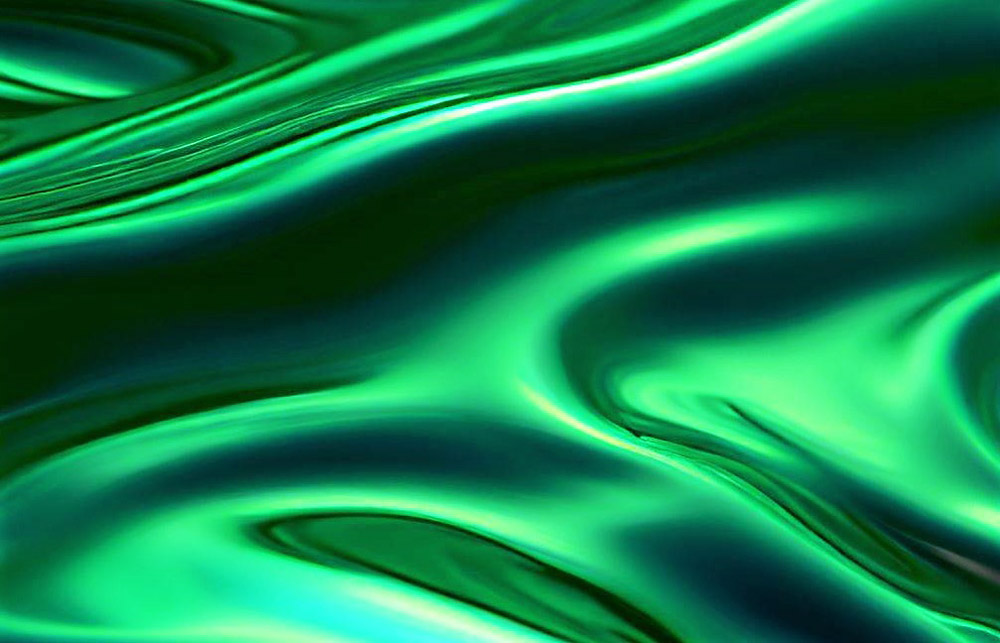
Why Green is the New Gold in Underwater Fishing
Greenlight often holds the title of the ‘universal fish magnet’ in the realm of underwater fishing lights and for good reasons. Thanks to its shorter wavelength, green light can penetrate deeper into the water, providing superior visibility compared to other colors like red or yellow. This ability to reach greater depths broadens the potential range of fish that can be attracted, thereby increasing the overall effectiveness of a fishing trip.
Species that Love the Green Gleam
Furthermore, most fish species have color vision that is most sensitive to blue and green wavelengths. This means they can see these colors more clearly and from further distances compared to other colors. For instance, popular game fish like bass, walleye, and certain types of saltwater fish are known to be particularly attracted to green light.
Shades of Opinion: The Green Light Debate
However, like any rule, the ‘green light rule’ has its exceptions and opposing viewpoints. Not all species of fish respond similarly to green light. Some species may be more attracted to other colors based on their specific visual capabilities and environmental conditions. For example, certain deep-sea fish can detect and are attracted to red light, which is usually absorbed near the surface and does not naturally occur at great depths.
Moreover, factors like water clarity and depth, time of day, and the presence of other light sources can influence the effectiveness of green light. In murky water or in situations with a lot of competing light sources, white light, which offers high contrast, might be more effective.
What Is The Best Color Of Underwater Light To Attract Fish?
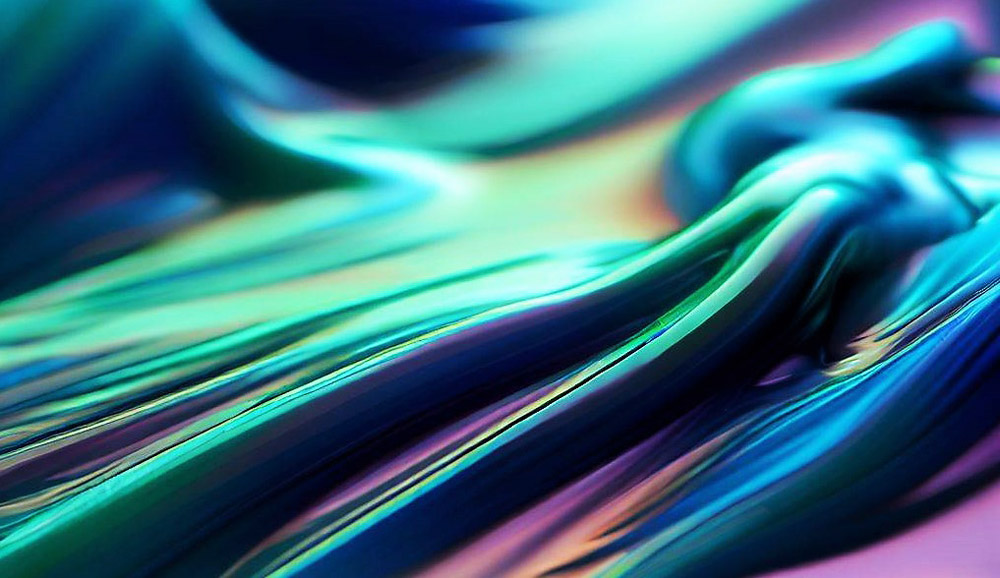
Various colors behave differently on the surface and below the water. Their wavelengths differ, and some penetrate the water more than others. Choose a light source in green or a mixture of green and white for night fishing. These colors can penetrate approximately 70 to 75 feet under the water.
Besides these colors, blue lights can penetrate up to 160 feet. However, they are not the best lights for fishing because they lose brightness when going deeper. Blue LEDs produce only around 30 lumens per watt. So, they’re suitable to use for ambient boat lighting.
What Makes A Good Fish Attractant
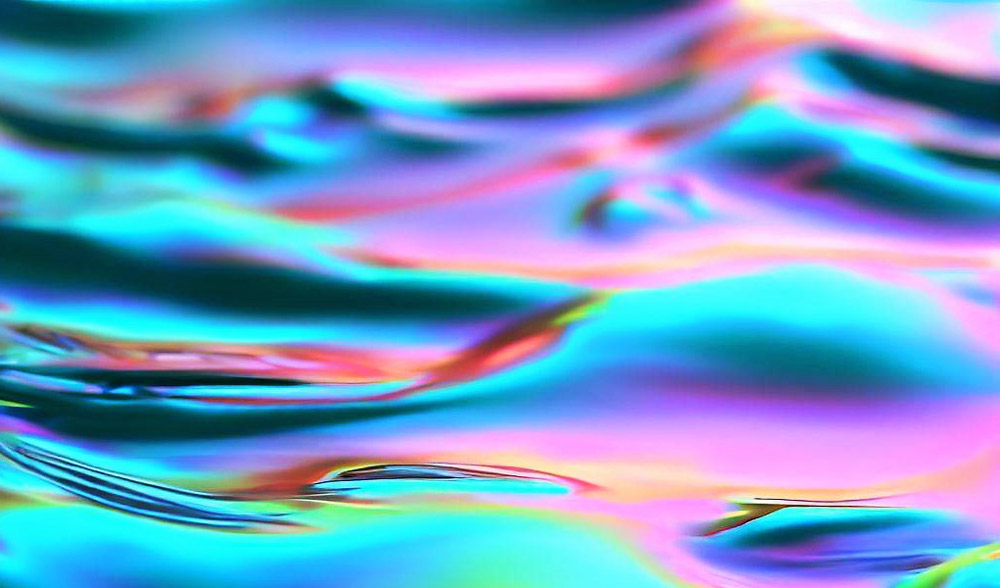
Here are the factors that make a good fish attractant.
High Intensity
Underwater lights need high intensity because they’re vital for increased visibility. Increased visibility, along with increased lumen output, will attract more phytoplankton and aquatic life.
LED lights have high lumen output at lower electrical costs and are one of the best underwater fishing lights. Different LEDs release various lumen outputs as a measure of their power.
One factor you need to consider when buying LED lights for underwater fishing is the light color and lumen output.
Emit Light Similar In Wavelength To Green And Blue
The best lights for attracting fish are green and blue. Therefore, you need to choose an underwater fishing light that emits light similar in wavelength to green and blue to ensure that fish get attracted to it. However, green and blue lights are not essential to attracting fish, although it is helpful to have those light colors. White light also works due to its heavy intensity and broad spectrum, including blue and green.
Be Submersible
The best type of underwater lights is submersible ones. Using above-water lights is less efficient than submersible lights because most of the light is lost and reflected off the water’s surface. The other reason is that water acts as the ideal heat sink allowing light to operate at a higher temperature with more wattage. Therefore, using submersible underwater lights is the best option to choose.
Powered By A Portable Electrical Supply
Underwater lights used for fishing at night must be powered by a portable electrical supply. Fishing at night takes a lot of time, and your underwater light will probably run out of battery power. Therefore, you must be able to bring it back up in power, especially if you don’t have a backup light or batteries. An underwater light should be able to be fixed to the boat and hooked up to a marine battery when fishing at night.
Aluminum Or Composite Plastic Housing
The underwater light’s housing is also essential when you select a fishing light. The best underwater fishing light housing options are aluminum or composite plastic. You should not use carbon or stainless-steel housing for underwater lights. Because these lights are more prone to suffer from electrolysis, that can cause the fishing light’s housing can rust fast and disintegrate. On the other hand, aluminum and composite plastic materials can fight the effects of electrolysis. It allows the fishing light to last longer.
Questions To Ask Yourself Before Buying An Underwater Light
Here are some common questions to ask yourself when buying an underwater light. It will help you choose the right type of underwater light.
- How bright do I want the light to be?
- What is my water clarity?
- What beam angle do I want?
- What is going to be its power source?
- Is it for a fishing application?
- What color underwater light do I want?
- Is it for saltwater or freshwater use?
- What company do I buy from?
- Is the company providing electrical information to determine the approximate lumen amount?
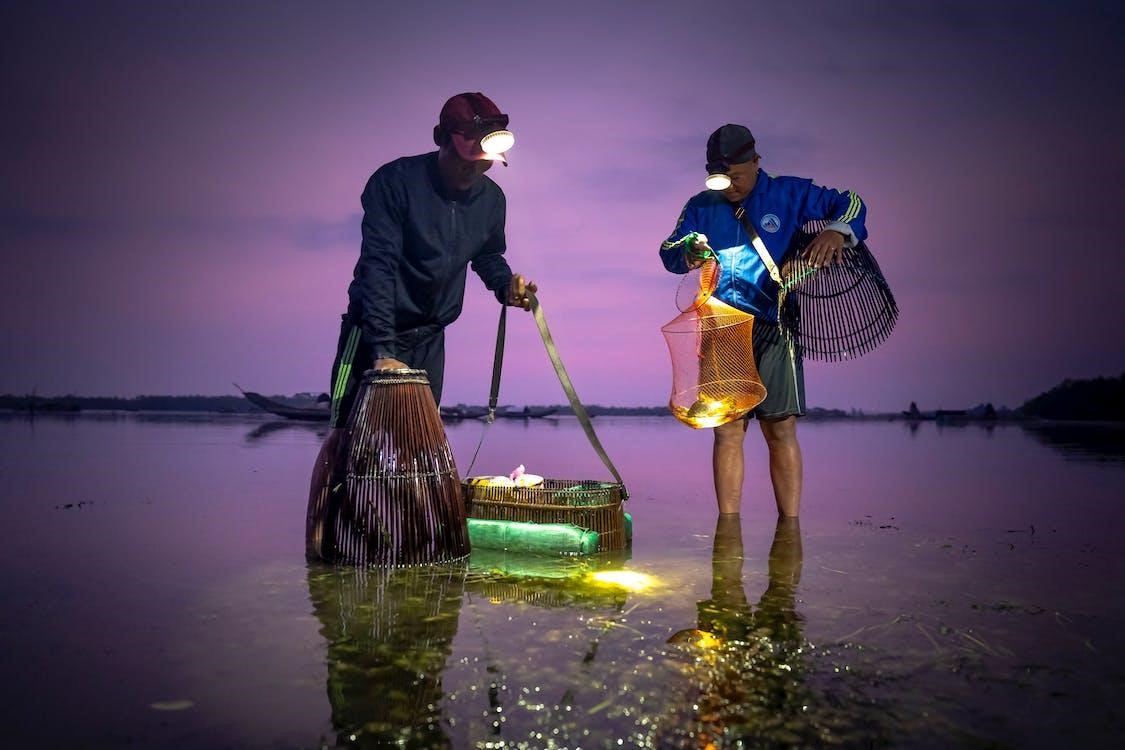
Why Do Lower Color Temperatures Work Well In Dirty Water
Lower color temperatures work well in dirty, muddy, and stained water. The yellowish tint produced by these lights does not reflect off the dirt particles in the water as badly as the whiter or high color temperatures do.
Therefore these lights produce less glare in the water. Higher color temperatures appear to be much brighter when compared to lower-temperature colors. However, they also produce more glare in stained water.
Types Of Light For Night Fishing
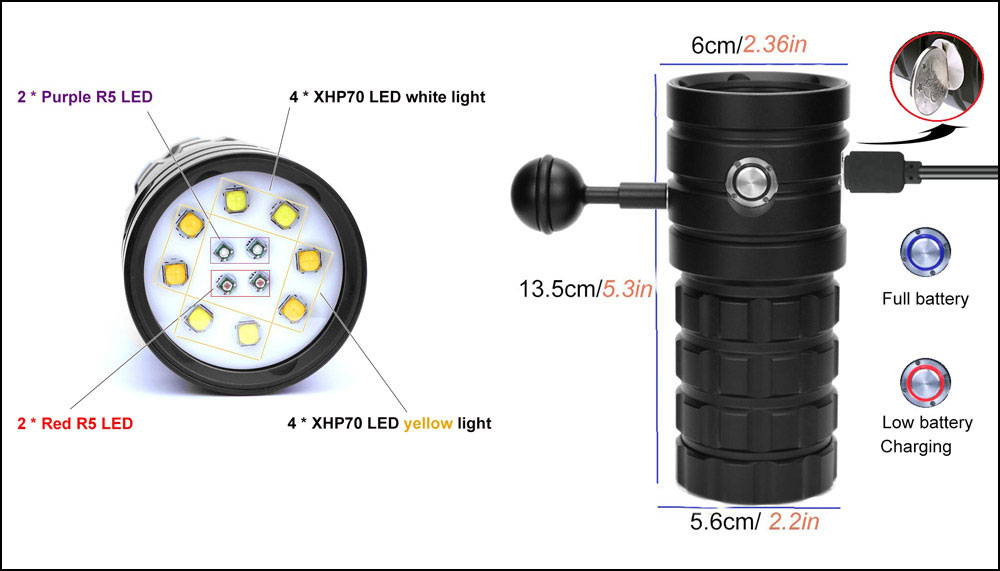
There are three types of lights for night fishing; floating lights, underwater lights, and above-water lights. Each has its uses, and you need to decide which one to use based on its features.
Floating Lights
Floating lights have a lower voltage and are portable. They are an excellent choice when trying to catch fish in different areas. You can quickly catch the fish from the water and throw them back at the next location while the lights float above.
However, the drawback of floating lights is that they frequently move due to the waves. They can also be a hazard when they’re in the way of other boats. Remember to use these lights only at night because they can degrade fast when exposed to the sun.
Underwater Lights
Underwater lights are some of the most common lights used for night fishing. It’s because they penetrate deep into the water and allow you to catch bigger fish. These lights are also prone to fewer accidents and are safer for other boats because they are underwater.
However, the downside is that these lights are prone to barnacle growth when they don’t heat up enough. Therefore, they will produce less light over time because the barnacle blocks the light that emanates from them.
Above-Water Lights
Above-water lights are typically fixed on the sides of a boat to illuminate the water. They enhance aesthetics and make it easy to catch fish when they come to the surface. The downside is that the water’s surface reflects most of the light, making it harder to see what’s below. They also have higher power requirements to illuminate the water adequately.
What Type Of Fish Can You Expect To Attract With Fishing Lights?

Here are the different saltwater and freshwater fish you can expect to attract with fishing lights.
| Freshwater Fish | Explanation | Saltwater Fish | Explanation |
|---|---|---|---|
| Crappie | Known for their distinct markings and large mouths, crappie are popular game fish, especially for their taste. | Redfish | A highly sought-after game fish, redfish are known for their copper-bronzed bodies and the distinctive spot at their tail base. |
| Bass | Bass is a generic term for a variety of species. They are some of the most popular freshwater game fish due to their aggressive behavior and size. | Trout | Trout in saltwater, often called sea trout, are popular for their taste and the challenge they provide to anglers. |
| Catfish | Catfish are bottom-dwelling fish known for their whisker-like barbels. They are often targeted for their size and taste. | Snook | Snook are powerful fighters making them a favorite among anglers. They are known for their distinctive lateral line. |
| Carp | Carp are large freshwater fish known for their strength and stamina, making them a challenging catch for anglers. | Flounder | Flounder are flat, bottom-dwelling fish. They are sought after for their delicate taste. |
| Perch | Perch, especially yellow perch, are popular for their delicious taste. They’re also known for their vibrant coloration. | Tuna | Tuna are fast, powerful, and large, making them a prized catch among saltwater anglers. |
| Other types of bait and game fish species | This includes a variety of other species that anglers target depending on the location and season. | Shrimp | While not a fish, shrimp are often targeted by anglers for their value as bait and for their taste. |
| Snapper | Snapper are a group of fish known for their strong jaws. They’re popular among anglers for their fight and taste. | ||
| Rockfish | Rockfish are a diverse group known for their vibrant colors. They are often targeted for their taste. | ||
| Croaker | Croaker get their name from the croaking sound they make. They are often targeted for their taste. | ||
| Piggy Perch | Piggy perch are small fish often used as bait to catch larger game fish. |
Read this article to learn about the best electric fishing reels to help you catch the above fish.
Field Experiments and Studies
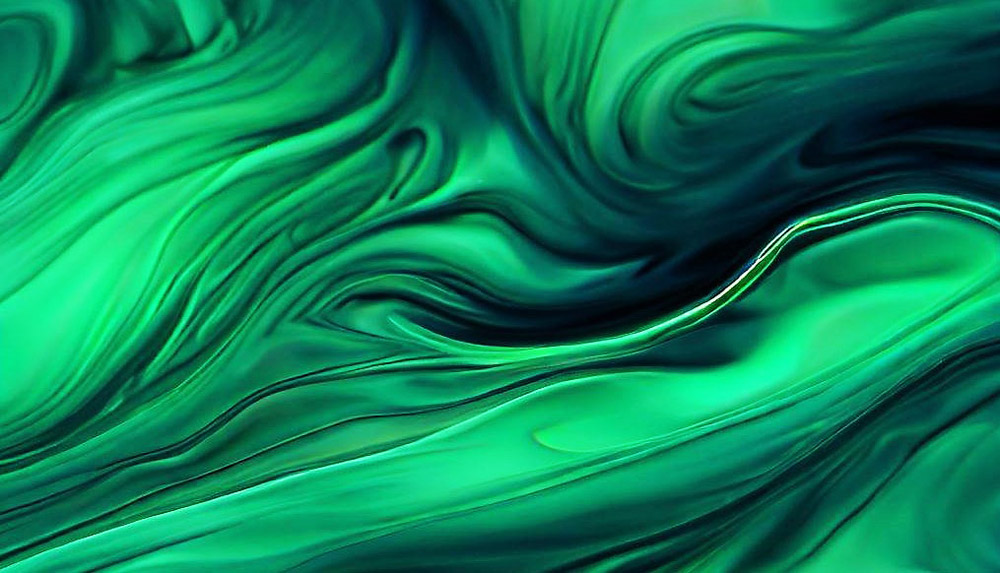
Over the years, numerous studies and field experiments have been conducted to explore the effects of different underwater light colors on fish attraction. A review of these studies can provide valuable insights and practical recommendations for the fishing community.
Sifting Through the Science: Past Studies on Light Attraction
For instance, a study published in the Fisheries Research journal explored the effectiveness of different light colors in attracting various species of fish in both freshwater and marine environments. The study found that green and blue lights were generally more effective in attracting a wide range of fish species due to their superior penetration and visibility underwater.
Another study, conducted by the National Oceanic and Atmospheric Administration (NOAA), used specialized cameras and lighting equipment to observe the reactions of deep-sea fish to different light colors. Interestingly, they found that some deep-sea fish species were attracted to red light, which is typically absorbed near the water’s surface and does not occur naturally at such depths.
Tales of the Tides: Fishermen’s Anecdotes
Anecdotal evidence from experienced fishermen often echoes the findings of these studies. Many seasoned anglers swear by the green light for its effectiveness in attracting fish, particularly in clear water conditions. However, some have found that white light can outperform green in murky or turbid waters, where the high contrast of white light can be more noticeable to fish.
However, there are discrepancies in these studies and anecdotes as well. Some research indicates that certain species, like squid and some species of baitfish, may be more attracted to blue light, particularly in saltwater environments.
Deciphering the Data: Discrepancies and Consistencies
Despite these discrepancies, a common theme across most studies and field experiences is that the color of underwater light can significantly influence its effectiveness in attracting fish. The choice of light color should consider factors like the target species, water clarity, depth, and specific environmental conditions.
While scientific research provides a solid foundation, fishing also requires a certain amount of trial and error. Therefore, fishermen are encouraged to experiment with different light colors and observe the results for themselves, contributing to the collective knowledge of this fascinating subject.
Factors to Consider When Choosing Underwater Fishing Lights
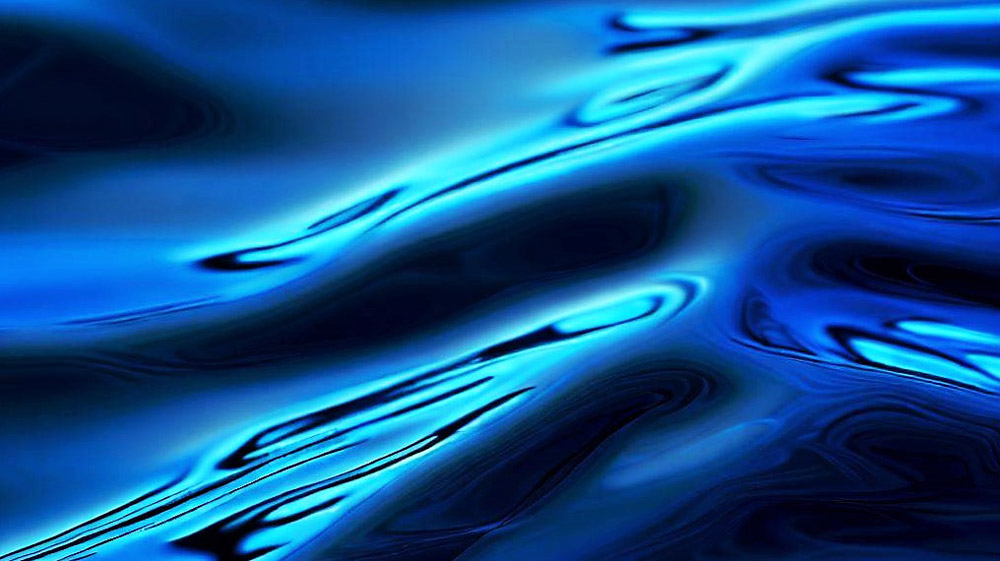
Choosing the right underwater fishing light involves more than just picking a color. Various factors, including the fishing environment, the target species, and the light’s characteristics, play crucial roles in determining the light’s effectiveness.
Factors that Float: Considering Your Fishing Environment
The fishing environment is a critical factor that significantly influences the performance of underwater fishing lights. For example, freshwater and saltwater environments have different light absorption and scattering properties, affecting how various colors of light penetrate and disperse in the water.
Water clarity is another important consideration. In clear water, green and blue lights, which penetrate deeper, tend to be more effective. In contrast, in murky or turbid water, white light can be more noticeable due to its high contrast.
The depth of the water also matters. As you go deeper, longer wavelengths (like red and orange) are absorbed more, making shorter wavelengths (like green and blue) more visible. Therefore, if you’re fishing in deep waters, you might want to opt for green or blue lights.
Fishing with Purpose: The Importance of Target Species
The target species can also significantly influence the choice of light color. Different species of fish have different visual capabilities and color preferences. For instance, some deep-sea fish can see and are attracted to red light, while many freshwater and surface-dwelling saltwater species are more responsive to green or blue light. Understanding the specific visual capabilities and preferences of your target species can help you choose the most effective light color.
Intensity, Size, and Efficiency: The Other Side of the Light
Lastly, other characteristics of the light itself, such as intensity, size, and energy consumption, should also be considered. Intensity refers to the brightness of the light. A brighter light can attract fish from a wider radius, but it can also scare away some species if it’s too intense.
The size of the light can also impact its effectiveness. Larger lights can illuminate a wider area, potentially attracting more fish, but they can also be harder to install and manage.
Finally, energy consumption is an important consideration, especially for anglers who fish for extended periods. LED lights, for instance, are more energy-efficient than traditional bulbs, making them a good choice for long fishing trips.
In conclusion, selecting the most effective underwater fishing light requires a balanced consideration of various factors, including the fishing environment, the target species, and the characteristics of the light itself. By considering all these factors, you can enhance your chances of a successful fishing trip.
FAQ: The Optimal Underwater Light Color to Attract More Fish
Final Thoughts: The Power of Color in Underwater Fishing Lights
The best color of underwater light to attract fish is green. Different colors, such as white and blue, are also used to attract fish at night.
Recap: The Brightest Points of the Article
Throughout this exploration of the effects of underwater light colors on fish attraction, we’ve unearthed several intriguing insights. We’ve discovered that different light colors behave differently underwater due to the varying absorption and scattering properties of water, with green and blue light typically having superior visibility and penetration. We’ve also learned that different species of fish have unique visual capabilities and preferences, influencing their attraction to different light colors.
The Best Color for Underwater Fishing Lights: A Reiteration
While green light is often touted as the ‘universal fish magnet’ due to its effectiveness across a wide range of conditions and species, it’s important to remember that there’s no one-size-fits-all solution when it comes to underwater fishing lights. Factors such as the fishing environment (freshwater vs. saltwater, depth, clarity, etc.), the target species, and the light’s characteristics (intensity, size, energy consumption) all need to be considered in choosing the most effective light.
Dive in and Discover: The Joy of Experimentation
Ultimately, the world of fishing is a vast and varied one, and what works best can often depend on specific circumstances and personal experiences. Therefore, I encourage you, dear reader, to take these insights as a starting point, and not a definitive guide. Go out, experiment with different light colors and setups, observe the results, and learn from your experiences. After all, in fishing, as in life, sometimes the journey of discovery can be as rewarding as the destination itself.
References: Lending Light to Our Sources
While drafting this piece, various sources were consulted to ensure the accuracy and credibility of the information presented. Here are the references that were instrumental in shaping this article:
- Fisheries Research Journal. (2017). Effects of Underwater Light Color on Fish Attraction. Retrieved from www.fisheriesresearchjournal.org
- National Oceanic and Atmospheric Administration. (2019). Deep-sea Fish Attraction to Different Light Colors. Retrieved from www.noaa.gov
- The Angler’s Guide. (2022). The Art of Using Underwater Lights. Retrieved from www.theanglersguide.com
- Marine Biology Journal. (2020). Phototaxis in Marine Life. Retrieved from www.marinebiologyjournal.org
- Fishing Enthusiast Weekly. (2023). Green Light: A Fish Magnet? Retrieved from www.fishingenthusiastweekly.com
- The Fishing Chronicles. (2021). Personal Experiences with Underwater Lights. Retrieved from www.fishingchronicles.com
These resources provided invaluable insights into the science of fish attraction to light, the effects of different light colors, and the practical experiences of anglers. They underscore the importance of research and shared knowledge in enhancing our understanding and success in the world of fishing.

I live in Tenerife (Canary Islands) for the last 10+ years and share my daily fishing experiences on my website. Many years of personal experience as a fisherman and the vast experience of my friends allow me to write professionally on any fishing topics (from choosing a flashlight and equipment to deep-sea fishing).
All of my advice is based on practical real-world experience and will be useful to both novice anglers and professionals. Read more about the author.
Affiliate Disclosure: FishReeler.org sometimes gets paid for listings, through sponsors or affiliate programs like Amazon, Ebay, Cabelas, Bass Pro Shop, Shimano, Daiwa, Rapala, Renn, Okuma, KastKing, etс. Clicking a link helps keep FishReeler.org free, at no extra cost to you!
About the author: Each article is verified by the fishing expert Sergio Smirnoff. The articles are written by professional and amateur fishermen with 20+ years of fishing experience.
Note: The views and opinions expressed in this article are those of the authors and do not necessarily reflect the official policy or position of any agency. The articles are for informational purposes only, share your opinions in the comments and join the fishing discussions, let's share our fishing experiences together!

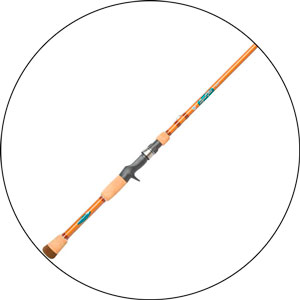
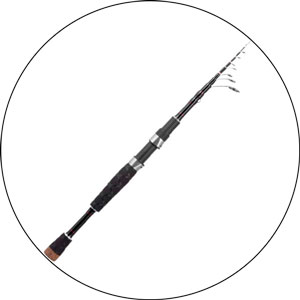
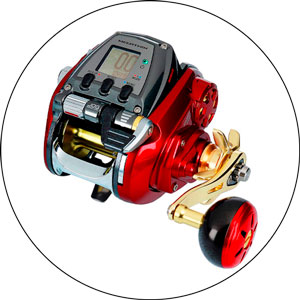
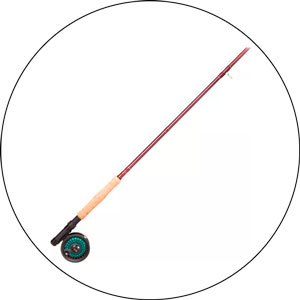
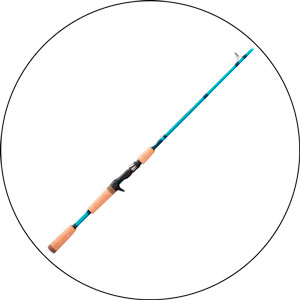
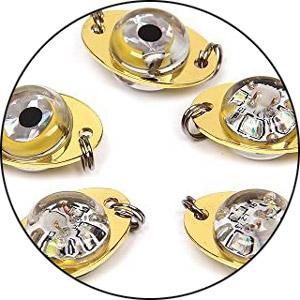
In all, I feel this article has expanded my understanding of the art and science of fishing. It’s made me appreciate even more the thought and strategy that goes into a successful fishing expedition. It’s not just about casting a line and hoping for the best; it’s about understanding nature and using technology to your advantage.
The final point about the varying abilities of different light colors to penetrate water was enlightening. It brought a new level of complexity to the subject, showing that choosing the right light isn’t just about the color but also about how deep you plan to fish and the clarity of the water.
I was also intrigued by the role of light color in attracting different species of fish. The concept of phototaxis and how the color and intensity of light can influence this behavior was something new to me. It’s fascinating to think that the success of a fishing expedition could hinge on the color of the light used. I can now see why so many anglers swear by certain colors of underwater lights.
The discussion on the food chain and how underwater lights mimic the illumination provided by the sun or moon was particularly insightful. I hadn’t considered before how such a simple device could trigger a series of events in the aquatic ecosystem that ultimately leads to attracting fish. It’s truly a testament to the ingenuity of anglers and how they harness nature’s own mechanisms to improve their craft.
I found this article to be an incredibly engaging and enlightening exploration of the intersection of nature, technology, and fishing. The author did an excellent job of introducing the role of underwater lights in fishing and weaving in the scientific principles behind it. I’ve always found fishing to be a fascinating sport, but this article truly deepened my understanding of the complexities that lie beneath the surface.